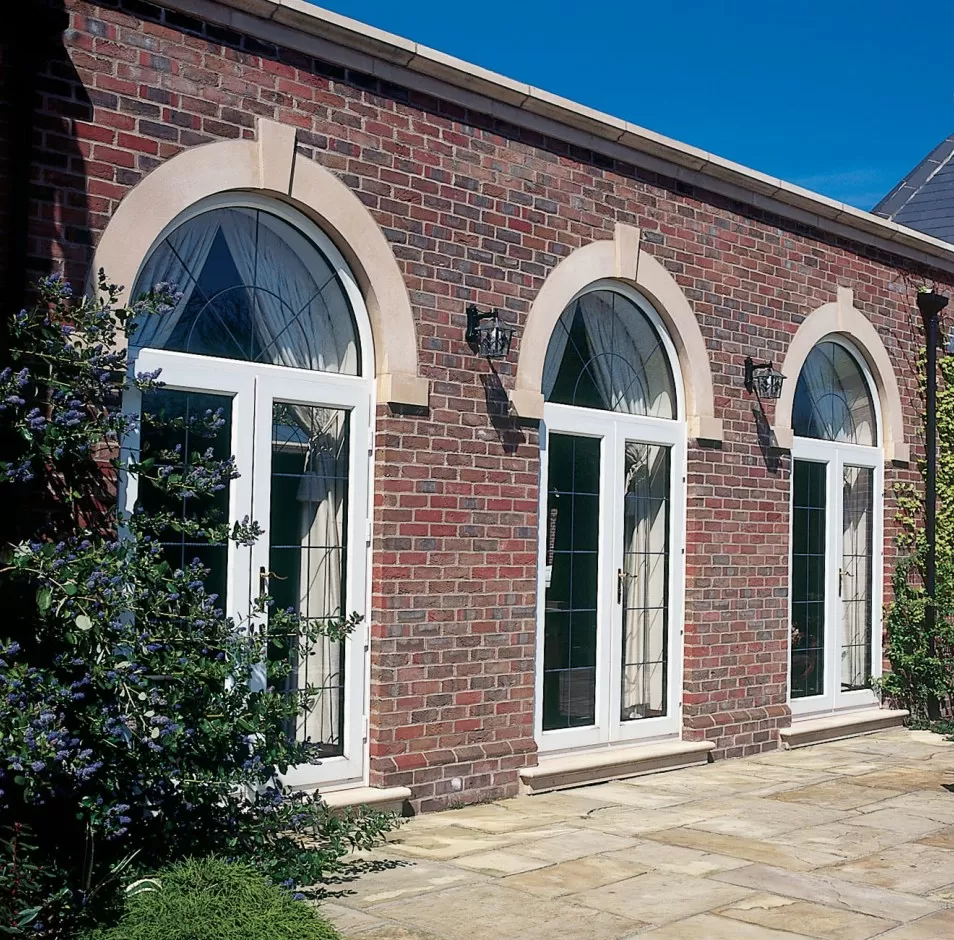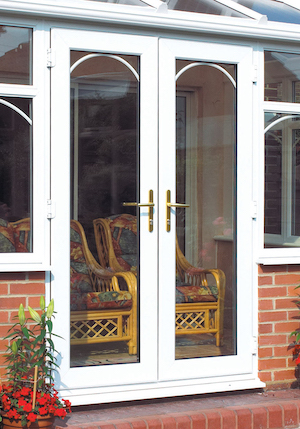Ten French Door Damage That Will Actually Change Your Life
페이지 정보
작성자 Katie 댓글 0건 조회 345회 작성일 25-07-09 04:06본문
The Comprehensive Guide to French Door Damage: Causes, Solutions, and Prevention
French doors are a popular architectural choice, celebrated for their beauty and ability to bring the charm of the outdoors into homes and organizations. However, like any other part of a structure, French doors can experience damage over time. This short article offers an in-depth take a look at the causes of French door damage, the numerous types of damage that might occur, reliable repair techniques, and preventive procedures property owners can embrace. By understanding these aspects, homeowners can preserve the visual and practical integrity of their French doors.
Kinds Of French Door Damage
French door damage can manifest in numerous ways. Below are the most common types of damage that homeowners may come across:

| Type of Damage | Description |
|---|---|
| Wood Rot | Decay of wooden components due to prolonged direct exposure to wetness. |
| Warping | Contortion of the door frame caused by modifications in temperature level and humidity. |
| Cracks and Splinters | Surface area imperfections on the door due to physical impact or aging. |
| Glass Damage | Breakage or splitting of the glass panels, typically due to effect or weather condition. |
| Hardware Issues | Malfunctioning hinges, locks, or handles that impact Door Locksmith operation. |
Causes of French Door Damage
Comprehending the reasons for French door damage is important to effective repair and maintenance. Numerous aspects add to the degeneration of these beautiful doors, consisting of:
Exposure to Moisture: Consistent direct exposure to rain and humidity can result in wood rot and mold development, particularly if correct sealing is not done.
Temperature level Fluctuations: Extreme temperature level changes can trigger wood to expand and contract, resulting in warping or splitting.
Improper Installation: If a French door is not installed correctly, it might not work appropriately or line up with the frame, causing spaces that can cause more damage.
Effect Damage: Physical impacts from furnishings, pets, or external sources can result in cracks and splinters.
Poor Maintenance: Neglecting routine cleansing and maintenance jobs can worsen issues, leaving doors vulnerable to damage.
Repairing French Door Damage
When homeowners find damage to their French doors, prompt repairs are necessary to avoid further issues. Here are some suggested repair strategies based upon the type of damage:
1. Wood Rot Repair
- Recognize Affected Areas: Determine the extent of the wood rot by analyzing the door frame and other wooden components.
- Eliminate Rot: Use a sculpt or energy knife to remove rotting wood.
- Change with New Wood: Fill any spaces with wood filler or change totally rotted areas with new wood.
- Seal and Paint: Once repairs are made, ensure that the wood is sealed and painted to prevent future rot.
2. Deforming Fix
- Evaluate the Damage: Determine the level of warping.
- Humidity Control: Use a dehumidifier to lower wetness in the area, which might help the wood return to its original shape.
- Enhance Structure: If warping is extreme, think about adding more assistance or replacing the door completely.
3. Cracks and Splinter Repair
- Fill Cracks: Use wood putty to fill small fractures and sand down the surface for a smooth surface.
- Change Panels: If splinters are extensive, replacing the whole panel might be necessary.
4. Glass Panel Repair
- Security First: Wear protective gloves and glasses when managing damaged glass.
- Replace Glass: If a panel is split or broken, determine the measurements and replace the glass. Seek professional help if required.
5. Hardware Fixes
- Inspect Hinges and Locks: Check for rust and wear.
- Oil and Tighten: Use lube on hinges and tighten up screws to improve performance or change defective hardware if necessary.
Avoiding French Door Damage
Proactive maintenance is important to prolong the lifespan of French doors. Here are numerous preventive steps house owners need to consider:

- Regular Inspections: Regularly check doors for indications of wear or damage.
- Weatherproofing: Apply weatherstripping and caulk to seal spaces and protect against wetness.
- Routine Cleaning: Keep the doors tidy to avoid dirt accumulation that can cause scratches and degeneration.
- Regular Painting and Sealing: Repaint or reseal doors every couple of years to protect against the components.
- Control Humidity: Use humidifiers/dehumidifiers in areas prone to moisture fluctuation.
FAQs About French Door Damage
Q1: How can I inform if my French door is damaged?A1: Look for
signs of wood rot, warping, fractures in the wood or glass, and hardware issues. A misalignment in the door operation can also indicate damage. Q2: Can I repair French door damage myself?A2:
Many minor repairs, such as filling cracks, lubricating hardware, and sealing wood, can be done independently. Nevertheless, for extensive damage or glass replacement, think about working with a professional. Q3: How frequently should I carry out maintenance on my French doors?A3: It's recommended to perform a
extensive assessment at least twice a year and perform regular maintenance as required. Q4: What should I do if I have extensive damage?A4: In cases of severe damage, such as substantial wood rot or damaged glass, look for the assistance of a professional contractor or professional for assessments and repairs. French doors are a spectacular addition to any home, supplying charm together with performance. Nevertheless, they are not unsusceptible to damage. Understanding the types of damage that can happen, acknowledging the causes, and executing
reliable repair strategies can assist preserve the beauty and stability of these doors. By practicing great maintenance and preventive care, homeowners can delight in the sophistication of French doors for many years to come.
댓글목록
등록된 댓글이 없습니다.

